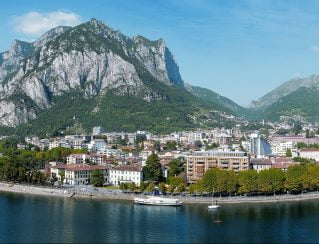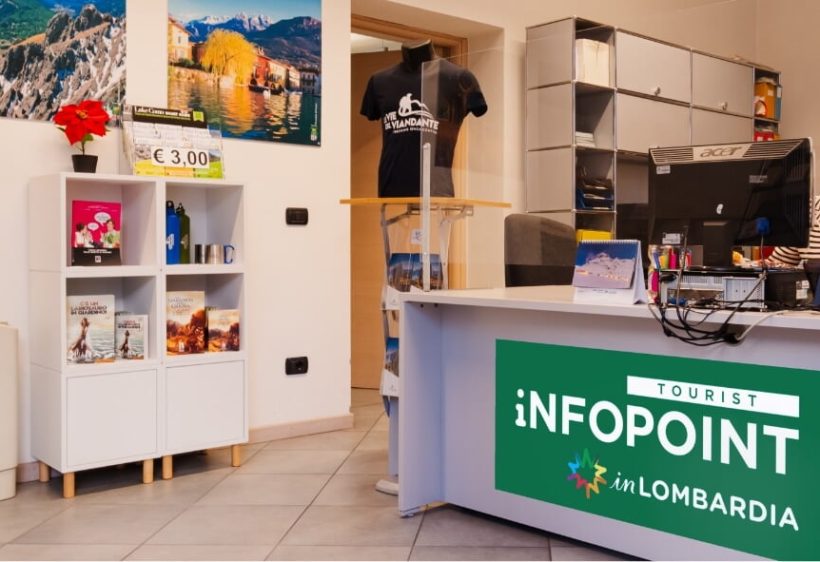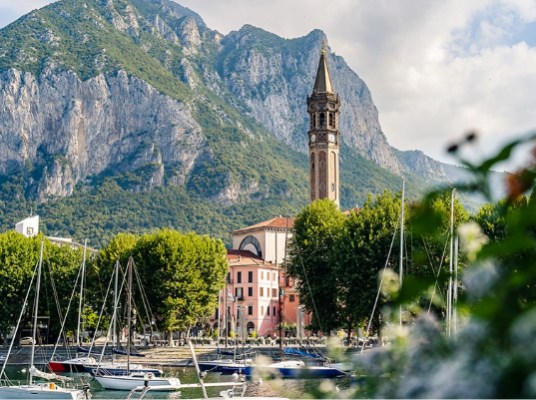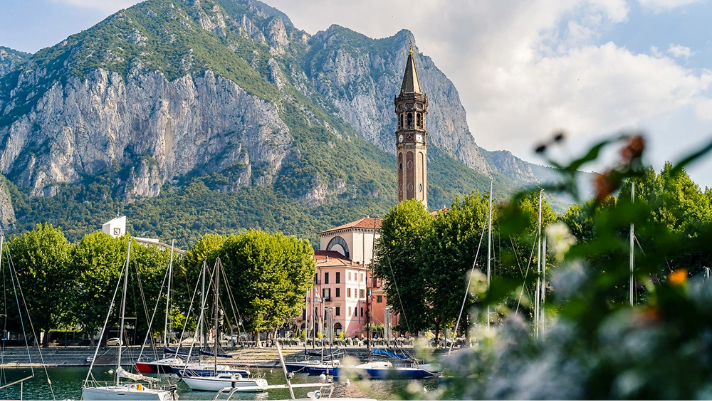In this gastronomic journey through The Betrothed, we discover not only the story of the characters but also the culinary customs and flavours of the time. The foodstuffs and dishes mentioned in the novel take us back in time to the reality of seventeenth-century society.
Cabbage, Perpetua’s “great cabbage”
“Perpetua arrived at length, with a great cabbage under her arm, and with a business-like face, as if nothing had been the matter.” (Chap. II)
Perpetua and her ‘great cabbage‘, a symbol of the humble peasant diet, are the reader’s first encounter with food in the novel. This autumn vegetable was a valuable food resource, which spends the winter safely in the soil. Cabbage is a feature of numerous traditional Lombard recipes, from the classic “cassoeula” to sausage rolls.

Polenta, symbol of peasant life
“A saucepan, that stood on the burning embers, and stirring with a broken rolling-pin, a little grey polenta”
“The quantity of the Polenta was rather in proportion to the times than to the number and inclinations of the household.” (Chap. VI)
Polenta, prepared by Tonio in the fireplace, was an everyday feature in the life of peasant families. This dish, which was the grey-coloured, was made only with buckwheat flour since corn cultivation had not yet been introduced. It encapsulates the harsh living conditions of the day.
Meatballs and stew, the flavours of the taverns
“’What can you give me to eat?” then demanded he of the landlord “A good bit of stewed meat?” asked he” (Chap. XIV)
The dishes Renzo eats in the “osterie”, where the working class met and socialised, are emblematic of the society and culinary tradition of the time. Both the meatballs and the stew are prepared with low-quality meats and were the typical dishes served at the taverns since they could be cooked in large quantities and reheated as necessary.
Walnuts, the story of Fra’ Galdino
“All those nuts!” exclaimed Agnese: “and in such a year too!”” (Chap. III)
The tale of the miracle of the walnuts takes us into the world of the friars and offerings of foodstuffs. The walnuts, associated with a broken promise, become a symbol of solidarity and a miracle, bringing relief to the needy and reflecting the generosity of the community.

Bread, symbol of providence and forgiveness
“As to bread,” said Renzo, in a loud voice and laughing, “providence has provided that.” And drawing from his pocket the third and last loaf which he had picked up under the Cross of San Dionigi, he raised it in the air, exclaiming: “Behold the bread of Providence!”” (Chap. XIV)
Bread plays a central role in the novel, representing the struggle for social justice and the search for forgiveness. Through Fra’ Cristoforo, the “bread of providence” becomes a symbol of forgiveness, its significance goes beyond nutrition and it stands as an emblem of justice and mercy.
Wine
“‘Give it here, give it here,’ said Don Abbondio, taking the glass from her with no steady hand, and emptying it hastily, as if it were a draught of medicine.” (Chap. I)
Finally, wine emerges as an element of comfort and a social instrument. In the first chapter, it is described by Manzoni as a ‘medicine‘ for Don Abbondio and later, in the fifth chapter Don Rodrigo offers wine to Fra’ Cristoforo, who accepts it unwillingly, making it clear that he wants to please Don Rodrigo to gain his favour.

The stories of “The Betrothed” unfold on this journey through the flavours of a gastronomic tradition as you are transported to seventeenth-century Lombardy.


























